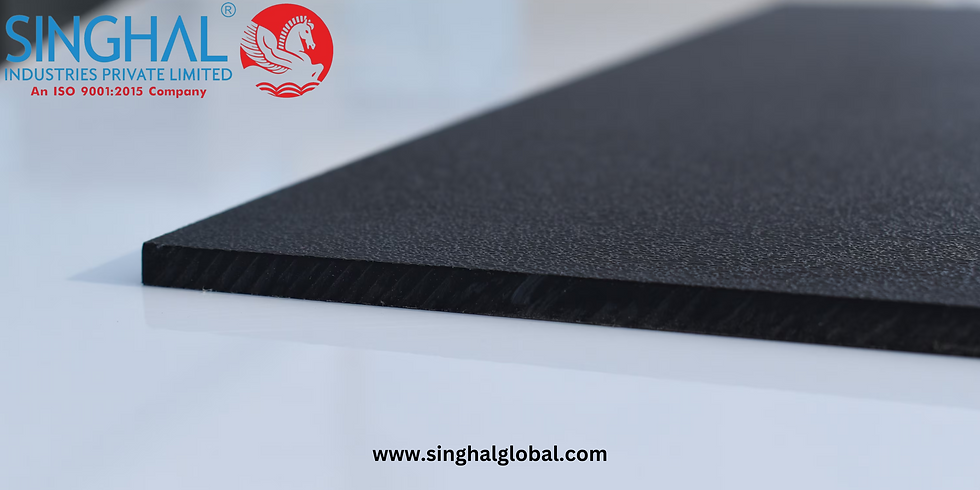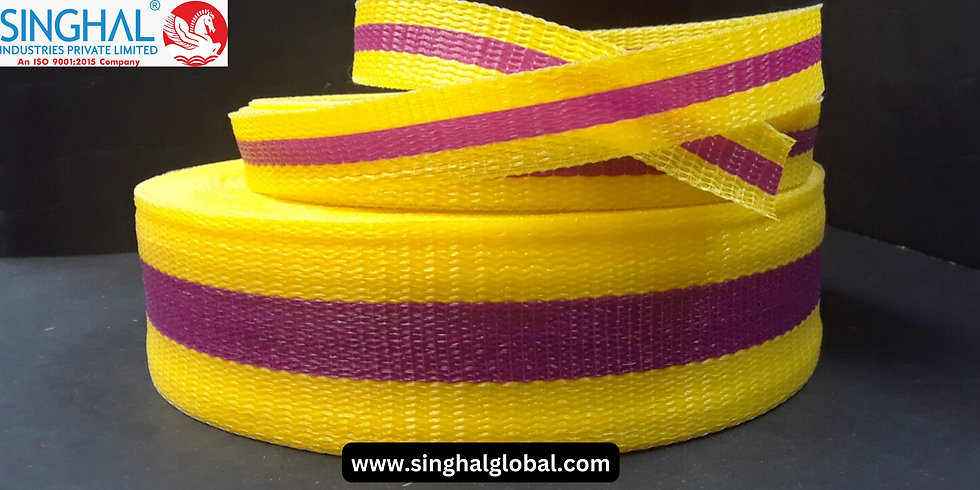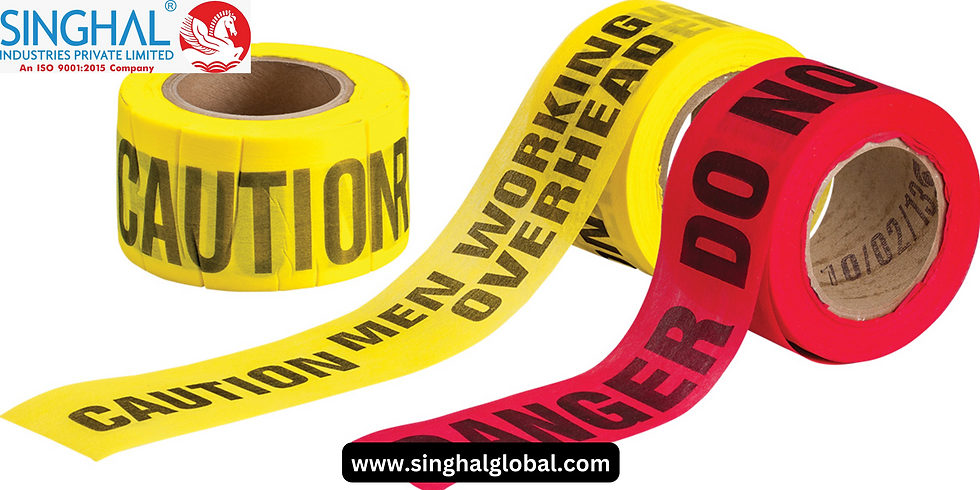Revolutionizing Coastal Protection with Biaxial Geogrid Innovations
- Akash Pathak
- May 24, 2024
- 3 min read

Coastal protection has emerged as a critical concern in the face of climate change and rising sea levels. With shorelines facing increased erosion and infrastructure threatened by inundation, innovative solutions are urgently needed to safeguard coastal regions and the communities that inhabit them. In recent years, biaxial geogrids have emerged as a revolutionary technology in the field of coastal protection, offering versatile and effective solutions to combat erosion and stabilize coastal landscapes. In this article, we delve into the role of biaxial geogrid innovations in transforming coastal protection measures, focusing particularly on their applications of Biaxial geogrids in India and addressing common queries surrounding their usage.
Understanding Biaxial Geogrids
Biaxial geogrids are synthetic materials composed of polymers such as polypropylene (PP) or high-density polyethylene (HDPE), engineered to withstand high tensile forces in both the longitudinal and transverse directions. Their unique structural design, characterized by intersecting ribs and apertures, enables them to distribute loads effectively, making them ideal for various civil engineering applications, including soil stabilization, reinforcement, and erosion control.
Applications in Coastal Protection
In coastal protection, biaxial geogrids play a pivotal role in fortifying shorelines and mitigating erosion-induced damage. By reinforcing the soil and preventing it from being displaced by wave action and tidal currents, these geogrids help stabilize coastal slopes, revetments, and embankments, thereby safeguarding infrastructure, habitats, and valuable land from erosion and inundation.
In India, where coastal vulnerability is pronounced due to factors such as rapid urbanization, industrialization, and climate change, the adoption of biaxial geogrids has gained momentum. Coastal states such as Kerala, Tamil Nadu, and Gujarat are increasingly relying on these innovative solutions to protect their shores and coastal infrastructure from erosion and storm surges.
Cost Considerations
One of the frequently asked questions regarding biaxial geogrids pertains to their cost-effectiveness. While the initial investment in biaxial geogrids may seem substantial, their long-term benefits outweigh the upfront expenses. The durability and resilience of these materials result in reduced maintenance and repair costs over time, making them a cost-effective solution for coastal protection projects in the long run.
Factors Influencing Prices
The price of biaxial geogrids varies depending on several factors, including material composition, manufacturing techniques, dimensions, and market dynamics. In India, the Biaxial geogrids price may also be influenced by factors such as import duties, transportation costs, and currency fluctuations. However, advancements in domestic production capabilities and increasing competition among manufacturers are contributing to a more competitive pricing landscape, making biaxial geogrids more accessible to coastal protection projects of varying scales and budgets.
Environmental Sustainability
Another common concern regarding biaxial geogrids is their environmental impact. While these materials are synthetic, efforts are underway to develop eco-friendly alternatives and promote sustainable manufacturing practices. Additionally, the longevity of biaxial geogrids and their ability to reduce erosion and sedimentation can contribute to environmental conservation by preserving coastal habitats and ecosystems.
Conclusion
Biaxial geogrid innovations are revolutionizing coastal protection measures by offering durable, cost-effective, and environmentally sustainable solutions to combat erosion and safeguard coastal infrastructure. In India, where coastal vulnerability is a pressing issue, the adoption of these technologies holds immense potential to mitigate risks and build resilience against the impacts of climate change. As research and development in this field continue to advance, PP biaxial geogrids are poised to play an increasingly crucial role in shaping the future of coastal protection worldwide.
Frequently Asked Questions
What are biaxial geogrids, and how do they work in coastal protection?
Biaxial geogrids are synthetic materials engineered to withstand high tensile forces in both longitudinal and transverse directions. In coastal protection, they reinforce soil, prevent erosion, and stabilize coastal slopes and embankments, thereby safeguarding infrastructure and habitats from damage.
Are biaxial geogrids cost-effective for coastal protection projects?
While the initial investment in biaxial geogrids may be significant, their long-term benefits, including reduced maintenance and repair costs, make them a cost-effective solution for coastal protection projects.
What factors influence the price of biaxial geogrids in India?
The price of biaxial geogrids in India may vary depending on factors such as material composition, manufacturing techniques, dimensions, import duties, transportation costs, and currency fluctuations.
What is being done to mitigate the environmental impact of biaxial geogrids?
Efforts are underway to develop eco-friendly alternatives and promote sustainable manufacturing practices. Additionally, the longevity of biaxial geogrids and their ability to reduce erosion and sedimentation can contribute to environmental conservation.



Comments